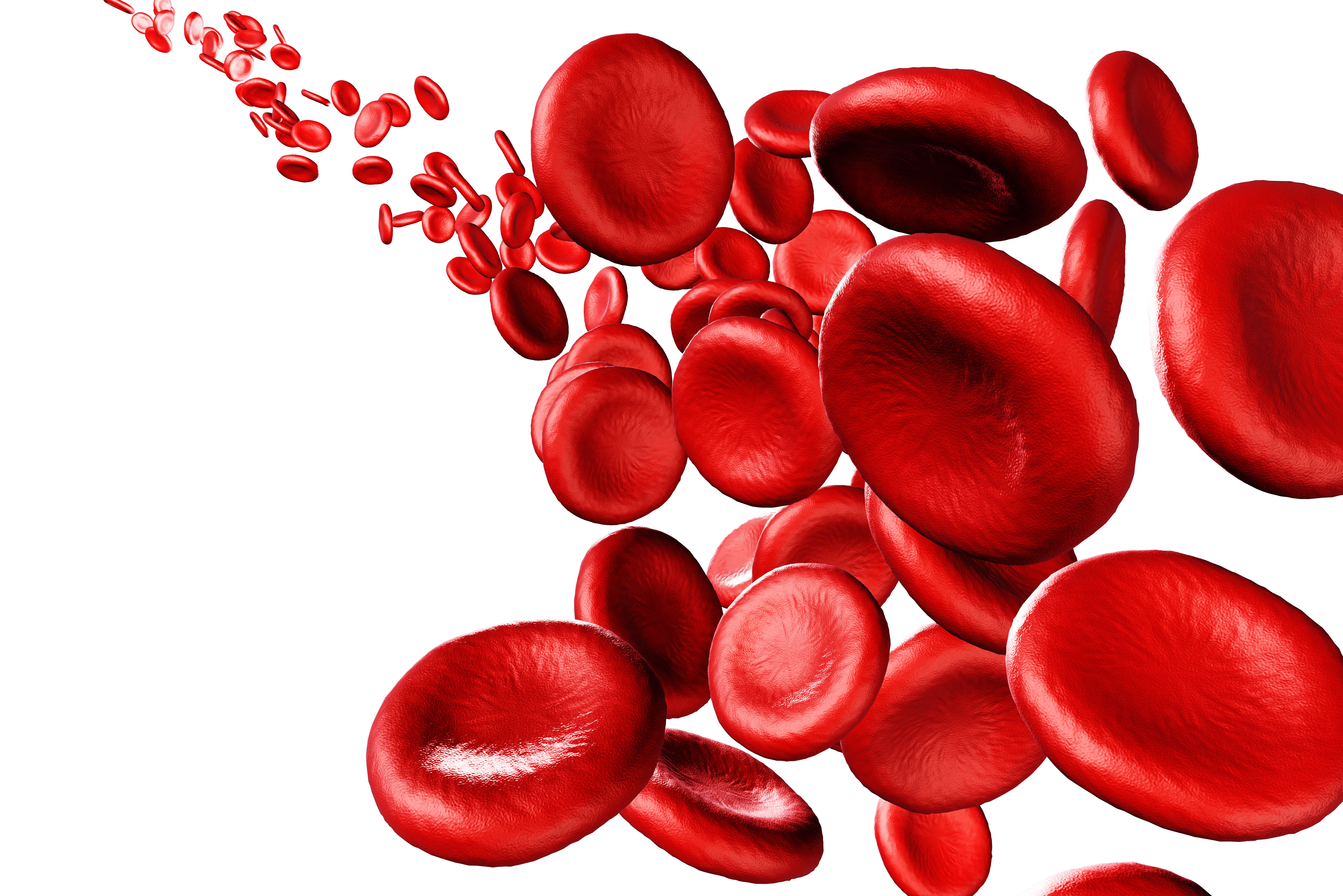Rituximab Plus Bendamustine Outperforms DRC and BDR Regimens in Waldenström Macroglobulinemia
Rituximab with bendamustine lead to superior outcomes compared with than 2 other popular triplet therapies in patients with treatment-naïve Waldenström macroglobulinemia.

In comparison with commonly used triplet regimens dexamethasone, rituximab, and cyclophosphamide (DRC) and bortezomib, dexamethasone, and rituximab (BDR), patients with treatment-naïve Waldenström macroglobulinemia had favorable outcomes following treatment with fixed-duration rituximab (Rituxan) plus the chemotherapy bendamustine (R-Benda).
The data—which were previously published earlier this year in the American Journal of Hematology1—were presented by lead study author Jithma Abeykoon, MD, during the 2021 Society of Hematologic OncologyAnnual Meeting.2
“The treatment paradigm for treating Waldenström macroglobulinemia is that one can use BTK [Bruton’s tyrosine kinase] inhibitor-based therapy, which is a continuous treatment, and the other paradigm is to use fixed-duration treatment with chemoimmunotherapy,” said Abeykoon, a fellow in Hematology and Medical Oncology at Mayo Clinic in Rochester, Minnesota, during the presentation. “However, there are no prospective studies to compare the most commonly used fixed-duration treatments such as R-Benda, DRC, or BDR.”
Because of that lack of prospective studies, Abeykoon explained that he and his colleagues wanted to conduct a retrospective study to assess outcomes associated with the 3 most often used treatment regimens in this space: R-Benda, DRC and BDR.
Abeykoon and colleagues retrospectively analyzed the outcomes of 220 treatment-naïve patients who were seen at Mayo Clinic between November 2000 and October 2019. The study authors identified 83 patients who were treated with the R-Benda combination, 92 who received DRC and 45 who were given BDR.
Of note, Abeykoon highlighted the fact that treatment patterns evolved over the approximately 2-decade duration of the information contained in the retrospective analysis. For instance, DRC and BDR were more commonly administered to this patient population between 2007 and 2013. However that pattern shifted after 2014, Abeykoon explained, once R-Benda was introduced into the treatment armamentarium.
The baseline characteristics, he noted, were quite similar across the 3 treatment arms.
After a median follow-up of 4.5 years for the entire patient cohort, the data demonstrated that R-Benda was associated with several improved outcomes. Treatment with R-Benda conferred a superior overall response rate (98%) compared with both DRC (78%) and BDR (84%; P = .003). Moreover, major response rate was significantly higher in the group who received the combination (96%) than either the DRC (53%) or BDR (68%) group (P < .0001).
The use of R-Benda was also linked with a greater progression-free survival (median 5.2 years vs 4.3 years (DRC) and 1.8 years (BDR; P = .0003). Median event-free survival, time-to-next therapy, and duration of response were not yet reached in individuals who received R-Benda. Patients who were treated with R-Benda also achieved a faster median time to best response (4.5 months) than those who received DRC (5.9 months) and BDR (6.7 months; P = .005). Of note, the overall survival rates were similar across the 3 treatment groups.
Regarding adverse events (AEs), Abeykoon noted that neutropenia was higher in the R-Benda cohort (13%) compared with 1% in the DRC group and 2.5% in the BDR group. Neuropathy occurred more often in the BDR (17.5%) and DRC (3%) treatment arm than it did in the R-Benda arm (0%).
Overall, Abeykoon discussed, the AEs among this retrospective patient population were consistent with what has been previously reported. He cautioned, however, that the AEs could have been underreported since it was not a prospective study.
A total of 23 patients (R-Benda: 7%, DRC: 13%, BDR: 11%) received maintenance therapy with rituximab. The authors excluded those patients who were treated with rituximab maintenance following initial induction therapy. The observed outcomes remained superior and still favored treatment with R-Benda than DRC or BDR.
At a median follow-up of 4.3 years, Abeykoon emphasized, no secondary myeloid neoplasms were detected in any of the patients who received R-Benda or DRC.
“We find that the use of R-Benda primary therapy, that means in the upfront setting, was associated with more durable disease control and superior outcomes…as compared to DRC and BDR,” he concluded.
References:
1. Abeykoon JP, Zanwar S, Ansell SM, et al. Assessment of fixed-duration therapies for treatment-naïve Waldenström macroglobulinemia. Am J Hematol. 2021;96:945–953. doi:10.1002/ajh.26210
2. Abeykoon JP. Assessment of fixed-duration therapies for treatment-naïve Waldenström macroglobulinemia. Presented at: the 2021 Society of Hematologic OncologyAnnual Meeting. Virtual. September 8-13, 2021.










